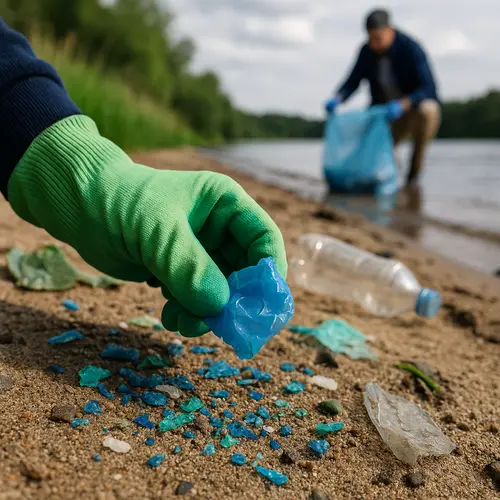Microplastic Cleanup Strategies: Insights from New MIT Study
The fight against plastic pollution has reached a critical point, and researchers are turning to science-driven solutions. Recent studies from MIT shed light on innovative microplastic cleanup strategies, focusing on how biofilms and natural processes influence microplastic accumulation.
What Are Microplastic Cleanup Strategies?
Microplastic cleanup strategies are methods designed to reduce, remove, or prevent the accumulation of microscopic plastic particles in natural environments. These particles, often smaller than a grain of rice, pose threats to ecosystems, marine life, and human health. Traditional strategies include:
- Filtration systems in wastewater plants
- Sediment trapping in wetlands and mangroves
- Bioremediation using natural organisms
- Surface skimming in oceans and rivers
While these solutions provide partial relief, understanding how microplastics move and settle in ecosystems is vital for long-term success.
How Biofilms Influence Microplastic Behavior
A groundbreaking MIT study revealed that biofilms—slimy layers formed by bacteria, fungi, and algae—play an unexpected role in shaping microplastic cleanup strategies. Instead of trapping microplastics, biofilms fill the gaps between sand grains, forcing particles to remain on the surface. This makes them more exposed to flowing water and easier to flush away.
In contrast, bare sandy areas without biofilms act as hotspots where microplastics accumulate, as particles can lodge deeply between grains and resist removal.
Key Findings That Shape Cleanup Efforts
1. Sandy Areas Are Risk Zones
Research shows that sandy riverbeds and seashores without biofilms tend to trap and store microplastics. Cleanup strategies should therefore prioritize these hotspots.
2. Vegetation and Turbulence Matter
In mangrove-like environments, turbulence from roots and stems reduces microplastic deposition. This natural process can complement cleanup efforts.
3. Biofilms as Natural Allies
Although they don’t trap particles, biofilms prevent deep accumulation. Their ability to keep microplastics mobile means cleanup teams can better predict where plastics will remain versus where they will disperse.
Future Directions in Microplastic Cleanup
Experts now suggest integrating ecological knowledge into microplastic cleanup strategies. By mapping biofilm-rich versus bare sandy regions, environmental teams can:
- Focus resources on sandy hotspots
- Harness vegetation-rich zones as natural barriers
- Improve bioremediation methods by considering microbial behavior
This eco-informed approach not only enhances efficiency but also supports ecosystem health.
Building Smarter Cleanup Plans for the Future
The MIT findings change how we view microplastic cleanup. Rather than focusing solely on removing plastics everywhere, future strategies can be targeted and science-driven. By addressing sandy hotspots and leveraging the role of biofilms, we can design microplastic cleanup strategies that are both effective and sustainable.
The following post may interest you
Plastic Particles Found in Coca-Cola: New Study Reveals

